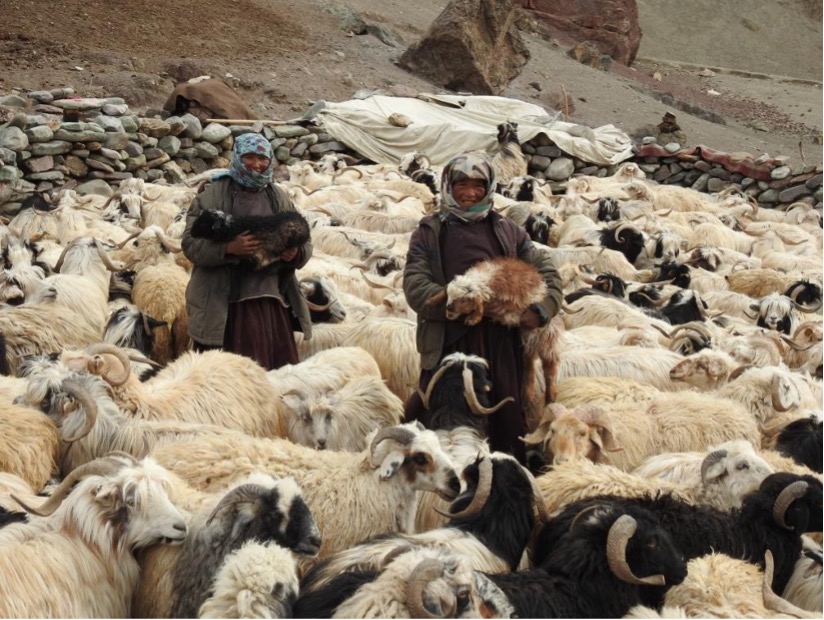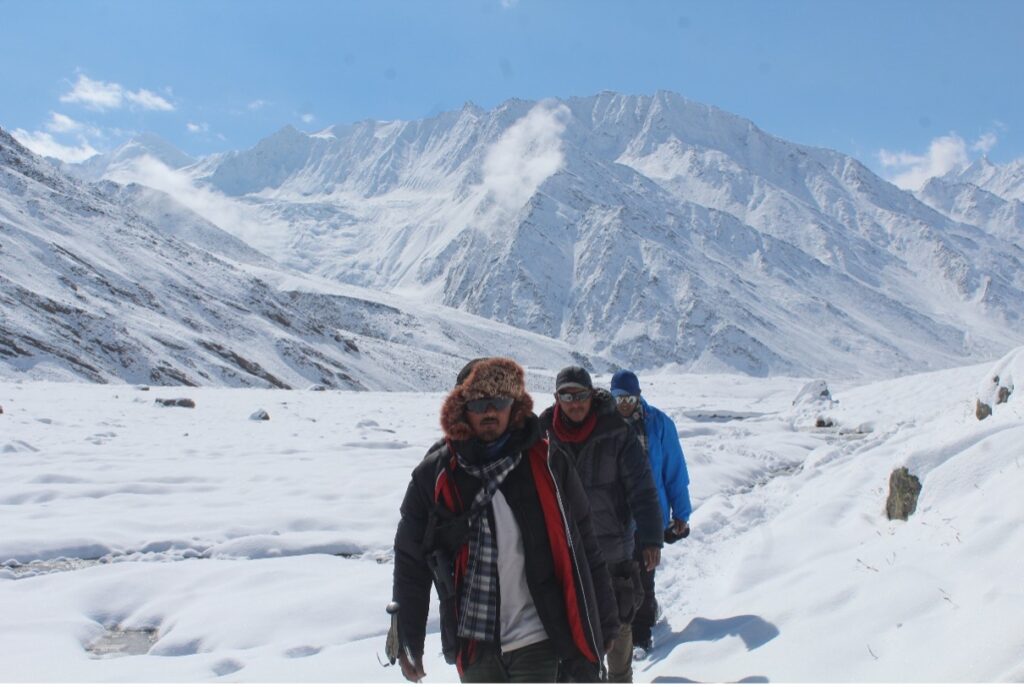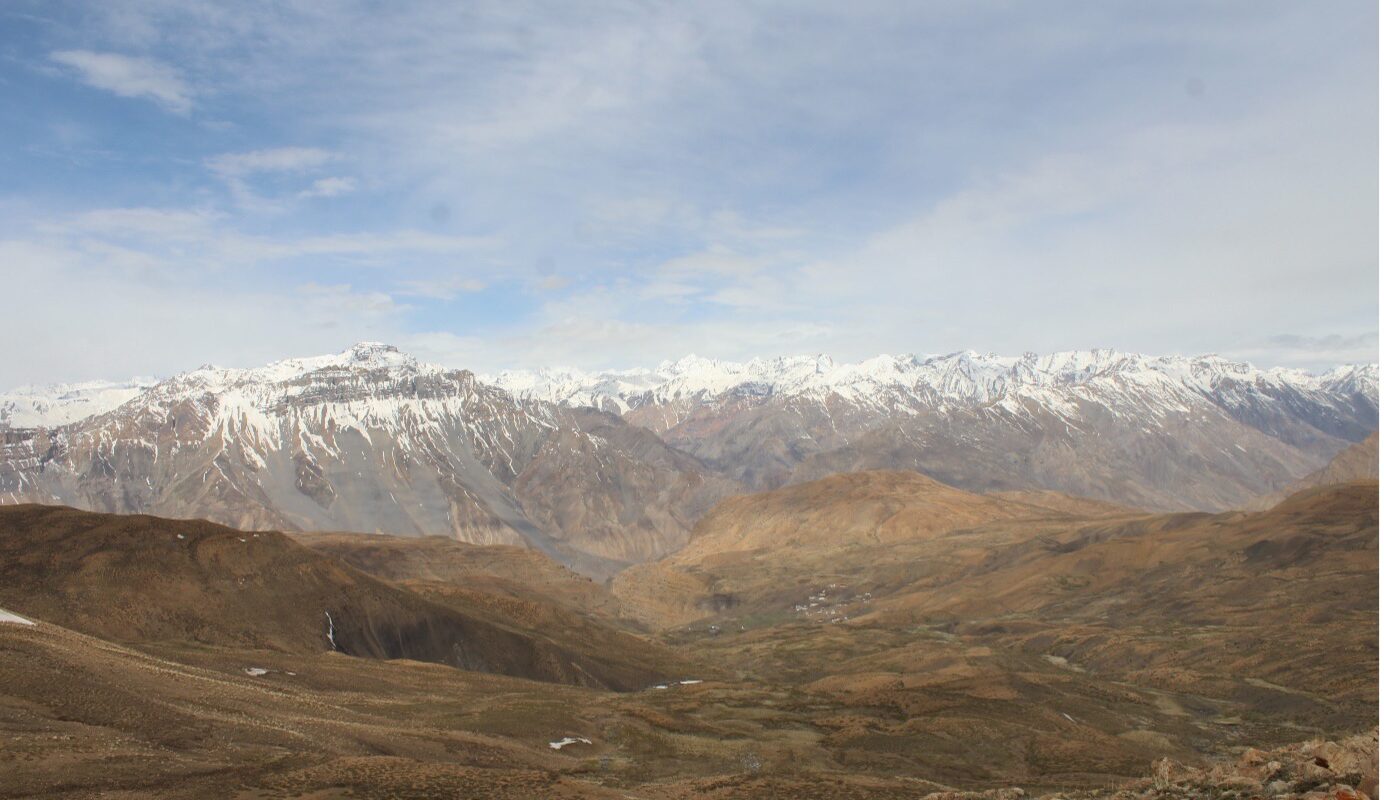The summer landscape of Spiti, Himachal Pradesh, India. PC: Munib Khanyari
I am writing this seated at my desk in Barcelona, on the shores of the Mediterranean. Now imagine going vertically 4.5 km into the sky from the sea, a place where the air is thin and crisp. At an average of 4,500 m is where the Western Indian Trans-Himalayas lie. While in books and papers, this region is defined as the rain-shadow region of the Himalayas, i.e. the region beyond the Himalayas and next to the Tibetan Plateau; for me this region is home.
Here as the mercury dips and oxygen plummets, peoples’ hearts gain warmth. Through this photo blog, I want to take you on a mini journey with me through this landscape of wonder.
Being a high elevation region, the trans-Himalayas is characterized by low primary productivity, with harsh winters (the temperatures can go below – 350C) and short dry summers. The regions closer to the Tibetan border are often undulating and plateau-like with adjoining valleys being rugged and steep.
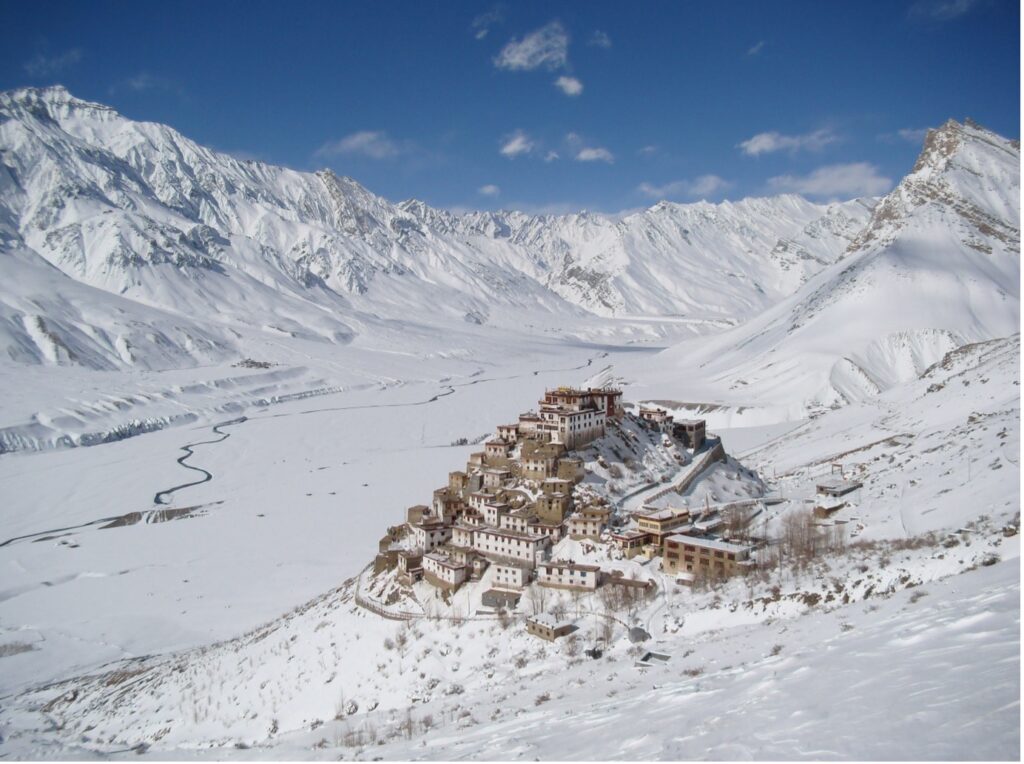
People have been using these regions for millennia as pastoralists and more recently as agro-pastoralists. Rearing yaks, horses, donkeys, sheep and goat is common practice. There is a special breed of horses called the Chumurti that is found here. They are famed for surviving extremely low temperatures. Also, the Changra goats are known to produce “Pashmina” – the golden wool, which is one of the world’s most prized fibres. Besides, traditional crops here include the frost tolerant black peas and barley. More recently green peas have entered the frame as an important cash crop. In some of the lower elevation (yet at 3000 m!), horticulture prevails primarily with apples, apricots and walnut trees adorning high-elevation stepped fields.
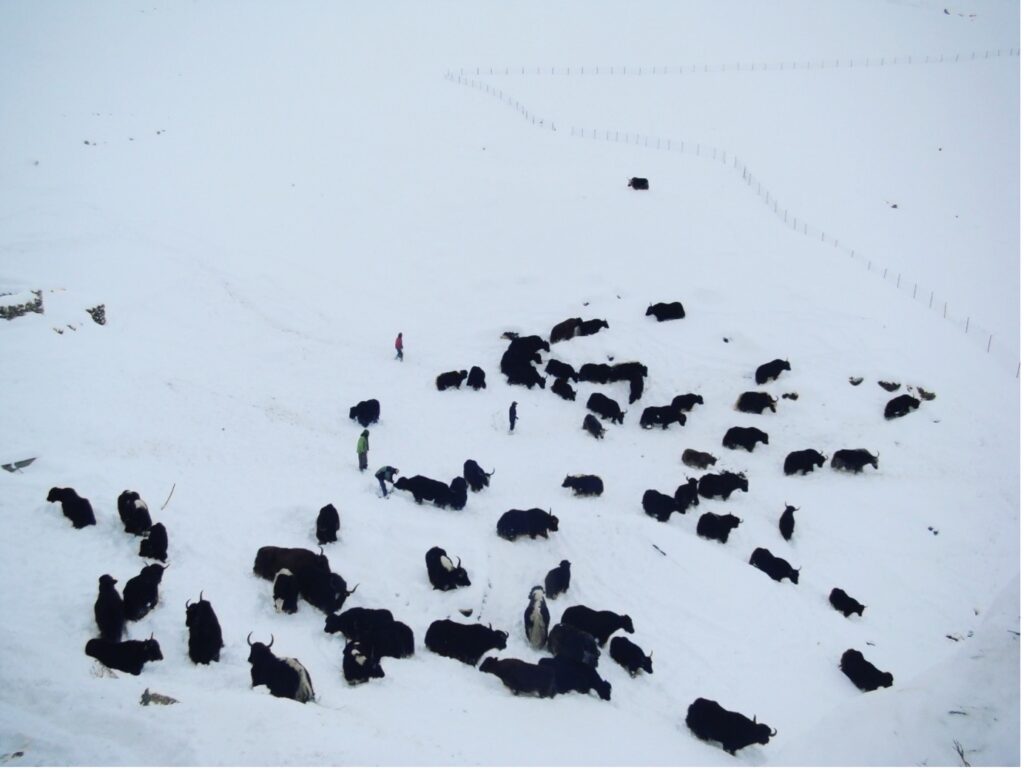
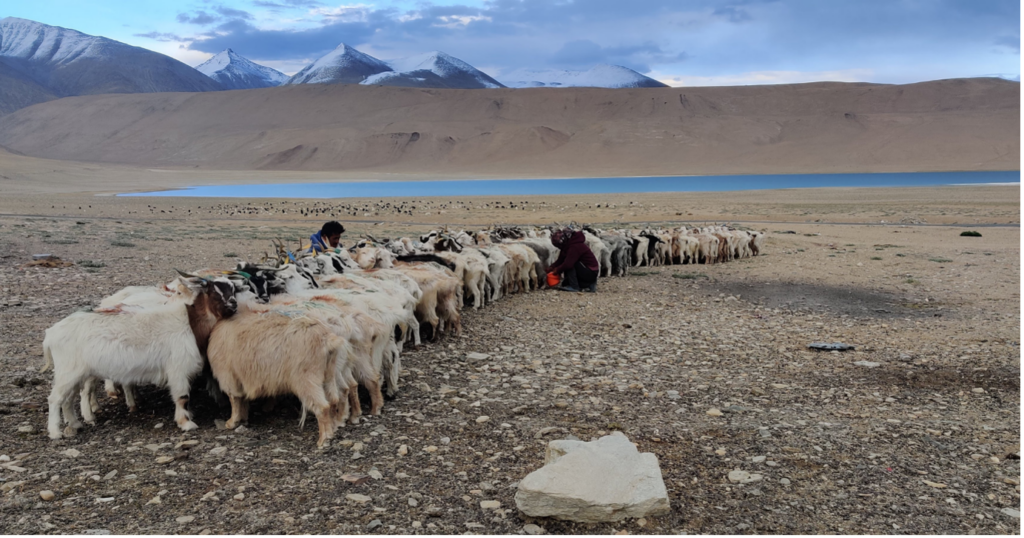

Across Trans-Himalayan India various pastoral communities exist. For instance, the Changpa people of Changthang in Ladakh, are semi-nomadic people that move seasonally across the Changthang Plateau adjoining the Tibetan border. They mostly rear sheep, goats, horses and yaks. There are also pastoralists such as the Gaddis (in Himachal Pradesh) and Bakarwals (in Jammu and Kashmir) that use these trans-Himalayan pastures seasonally – in summers. They engage in long-distance elevational migration, spending winter in the plains, at the foothills of the Himalayas.
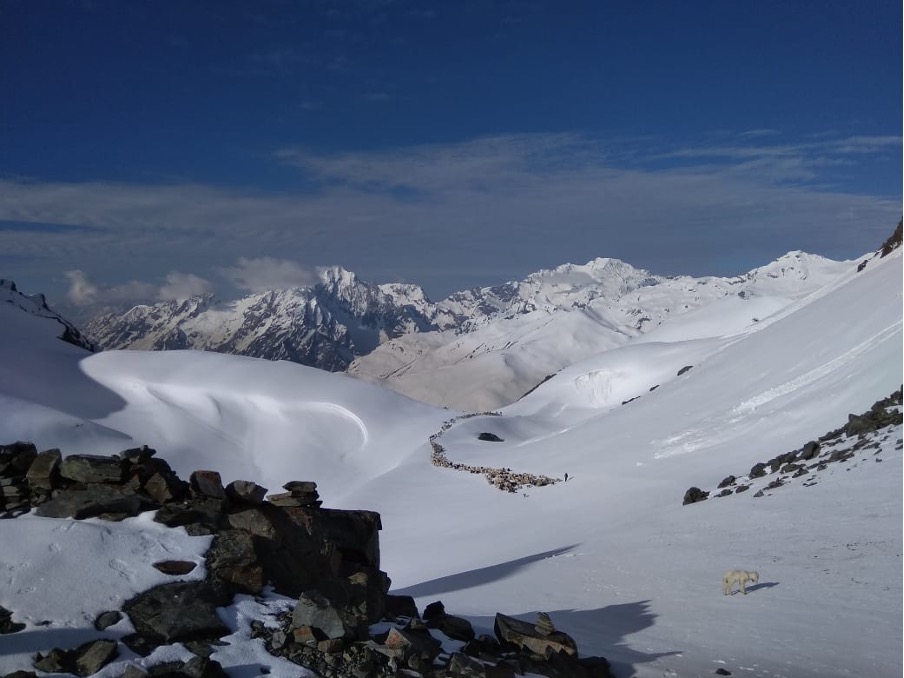
Alongside people, these spaces have been home to a plethora of beautiful and rare wildlife species. These range from the elusive snow leopards to a variety of “mountain monarchs” – i.e. mountain ungulates species such as the Tibetan Argali, Blue Sheep, Ibex and others – so called because of their majestic head gear. Being harsh and seasonal climates, these areas often attract a lot of migratory birds, especially during the summer. Emblematic species include the tall and majestic Black-necked Cranes to the diminutive yet dazzling fire fronted-serins.

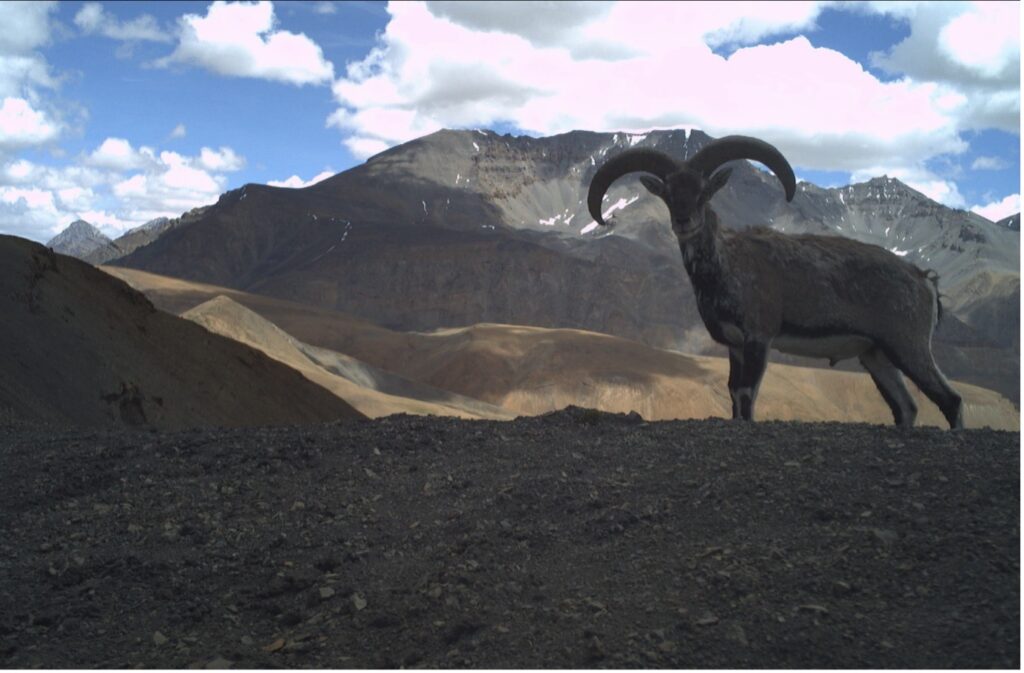
While the trans-Himalayan region is beautiful, it is full of challenges. Rapid and socio-ecologically ill-informed development that doesn’t centre local people’s livelihoods is a cause of concern. Exclusionary forms of “fortress” conservation models are prioritized over right-based approaches. This is further imperilled by loss of access to land by local communities, through geo-political conflicts, and exclusionary forms of conservation by non-local actors. Uncontrolled tourism, while bringing in revenue in the short term, is also causing massive socio-ecological damage to this fragile region. This is augmented by ill-advised and massive tree plantation drives that aim to convert these so-called “wastelands” into green areas full of “forests”.
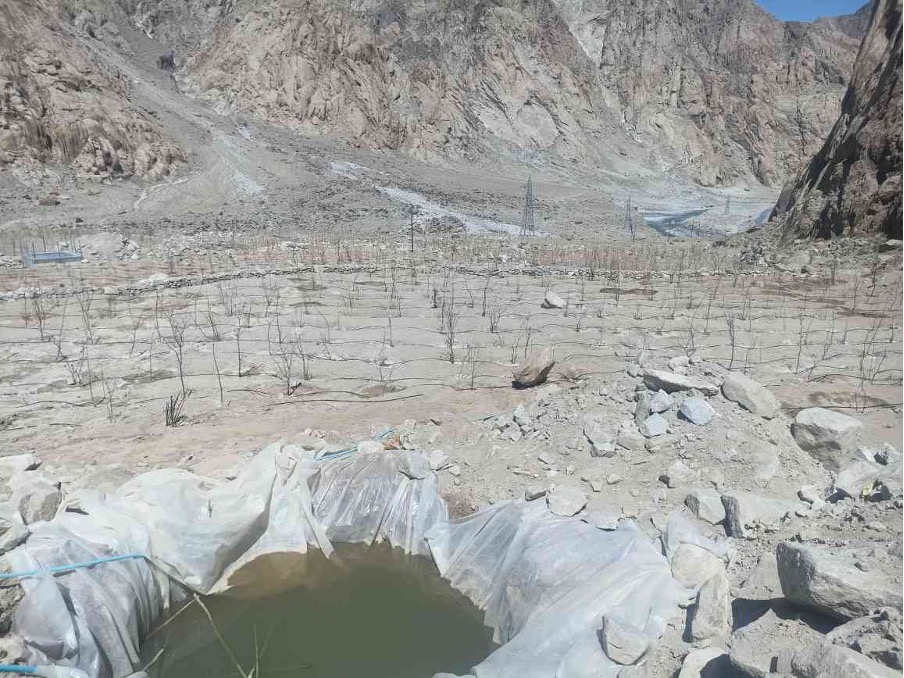
However, through the challenging terrains, extreme weather and tough realities, I find hope in conserving this wonderful region with the wonderful people of this landscape, for realities they want and see for themselves. Over copious cups of chai, our friendships teache me that the entry point into conservation isn’t a theory of change, or a hypothesis we are testing, but a mutual respect and trust upon which we connect. I am inspired by the people of the Trans-Himalayas.
They are my conservation heros!
